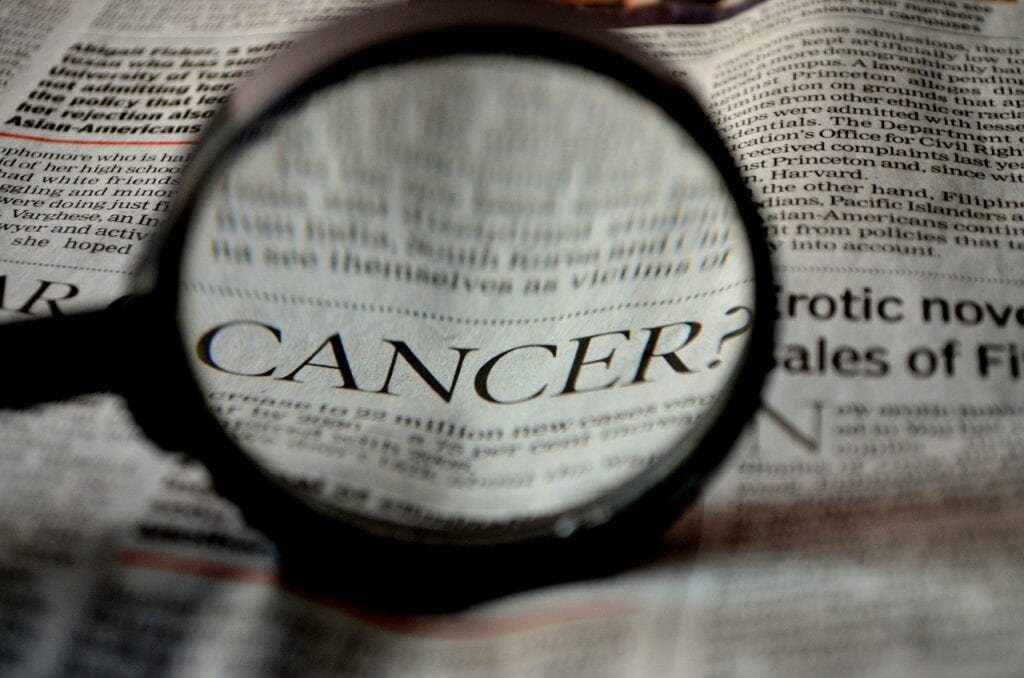The NCCN, or National Comprehensive Cancer Network, has recently published treatment guidelines for children living with a rare kidney cancer, Wilms tumor. This is the organization’s first guidelines written for kids affected by solid tumors, and they hope that it not only improves the treatment process, but the diagnostic process as well.
About Wilms Tumor
According to the Mayo Clinic, Wilms tumor, also referred to as nephroblastoma, is a rare form of childhood kidney cancer. Children aged three to four are most commonly impacted, with rates declining steadily after one turns five. Medical professionals are unsure as to what causes this cancer, but they have identified a number of risk factors. These include being African-American, having a family history of the cancer, being born with aniridia or hemihypertrophy, or having a rare condition like Beckwith-Wiedmann syndrome. Regardless of cause, affected individuals experience a mass in the abdomen joined by pain and swelling, constipation, loss of appetite, high blood pressure, shortness of breath, fever, blood in the urine, nausea, and vomiting. While not all affected individuals experience every one of these symptoms, they are the most common.
Fortunately, the prognosis for this cancer is typically very good. Treatment tends to be successful. Surgery, chemotherapy, and radiation therapy are all options for Wilms tumor patients, with a procedure removing some or all of the kidneys being the first choice for many. Kidney transplants effectively cure the condition. Clinical trials may also be an option for some.
About the Guidelines
The NCCN Clinical Practice Guidelines in Oncology aims to make treatment as beneficial as possible while decreasing the number of side effects. Numerous experts came to an agreement based on the evidence provided in order to best fit their guidelines to patient needs. The diagnostic process is also included in the guidelines, with the aim to catch the cancer early.
Currently, Wilms tumor has a 90% cure rate, but doctors will not be satisfied until the rate is 100%. By ensuring early intervention, which is the intention of the guidelines, more patients will see better outcomes.
According to the guidelines:
- Biological and clinical risk factors should be taken into account for disease management
- An abdominal mass that can be felt is often the first sign of Wilms tumor
- Doctors should not press too hard on these masses, as pressure can make them burst
- Children with certain genetic predispositions should undergo genetic screening for this cancer
In the end, these guidelines should improve the diagnostic and treatment process for children affected by this rare cancer.
Find the source article here.







